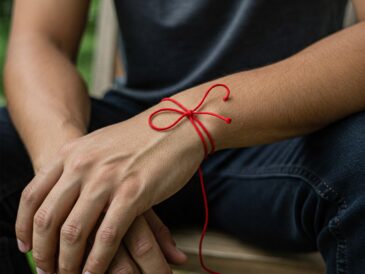Today, earrings are seen as a fashion statement for people of all genders. But when it comes to men wearing earrings, there’s a long and complex history behind the trend—one filled with cultural significance, social rebellion, identity expression, and even superstition. While earrings on men are now widely accepted, few know the deeper meanings associated with them.
This article explores the hidden history, symbolism, and evolving perceptions of earrings in men across various cultures and periods.
🌍 A Historical Journey
🏺 Ancient Times
- Egypt: In Ancient Egypt, earrings signified wealth and social status. Male nobles and pharaohs often wore them as symbols of power.
- Greece and Rome: In contrast, earrings were more commonly worn by slaves or individuals of lower rank in ancient Greek and Roman societies.
- India and Asia: Earrings were often part of religious and spiritual rituals, and were believed to help with body energy flow and protection.
⚓ Maritime Beliefs
In the 17th and 18th centuries, sailors often wore gold earrings, not for style, but for superstition and practical reasons:
- A gold earring could pay for a proper burial if they died at sea.
- It was believed to improve eyesight or act as a protective charm against drowning.
🏳️🌈 Symbol of Rebellion and Identity
The 20th Century Shift
From the 1960s onwards, earrings in men started to become a symbol of counterculture:
- In the punk and rock scenes, earrings represented non-conformity and rebellion.
- During the 1980s and 1990s, earrings became more common in LGBTQ+ communities, sometimes used as subtle signs of sexual orientation (e.g., “left ear straight, right ear gay” — although this rule has since faded).
👔 Modern Times: Style Meets Identity
Today, men wear earrings for all sorts of reasons:
TO CONTINUE READING THE ARTICLE PLEASE SEE PAGE 2




